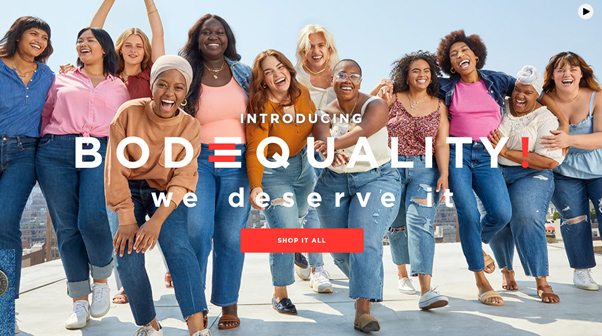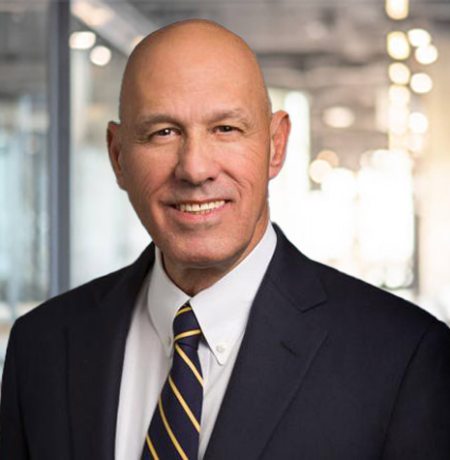Today, American culture is changing so quickly and with such a high degree of nuance that it is increasingly difficult both to interpret and to navigate. However, navigating how those changes affect markets is essential for business success throughout the economy.
For business executives, viewing their markets through the lens of culture can bring the rewards of increased sales, revenue, and consumer loyalty. In contrast, especially with social media that amplifies voices of discontent to ear-splitting levels, companies that miss cultural cues on their markets can find themselves with lost market share, declining revenue, and even public embarrassment.
One of the most notable cultural misses in American business was Victoria’s Secret. For decades, the Victoria’s Secret brand was represented by rail-thin, airbrushed images of women. As body inclusivity gained traction in the past decade, Victoria’s Secret stuck with its outdated depictions, experiencing public backlash, a market share drop from 32% in 2015 to 21% in 2020, and the emergence of new competitors with far more cultural sensitivity. The company’s current CEO now acknowledges, “When the world was changing, we were too slow to respond.”
At its core, the Victoria’s Secret problem was not listening and responding to the cultural changes expressed by its customers. “We needed to stop being about what men want and to be about what women want,” its CEO now admits.
In contrast, Old Navy is making contemporary culture core to changes in its business practices. The company spent the past two years listening to its customers, particularly its women customers, and in an open letter “to women everywhere” declared, “It's time to do the thing we always needed to do and completely revolutionize the shopping experience.”
Old Navy found that women were highly dissatisfied with the availability of sizes at the company’s stores. In-store inventory was oriented toward a limited range of sizes that reflected a societal ideal that shifted from deeply entrenched to outrageously outmoded in a matter of a few years. Larger sizes for women were hard to come by in Old Navy stores, forcing customers who wanted those sizes to shop online in special categories.
Old Navy has pledged that every store will offer all women’s styles in sizes 0-28. All sizes will be displayed together, with no special sections for larger sizes. Mannequins will be in sizes four, 12, and 18. On the Old Navy web site, all sizes will be integrated. The company also redesigned its clothing’s fit and size standards to be more comfortable and inclusive for all body types.

Source: OldNavy.Gap.com, Nov. 8, 2021
The company heralded these changes in an advertising campaign featuring highly diverse groups of women and a TV spot featuring Saturday Night Live star Aidy Bryant, all under the banner of what Old Navy calls “BODEQUALITY.”
Like Old Navy, America’s healthcare organizations must pay attention to the influence of changing culture on their markets and make sure their response is right. Patients and consumers cannot be viewed as a compliant monolith, all going where their health system tells them and all with roughly the same preferences, proclivities, and criteria for satisfaction. COVID has greatly accelerated consumers’ experience with new forms of provider engagement, from video visits to care via text to behavioral health apps, and with new providers.
Traditional healthcare organizations need to convey a sense of novelty and currency. They need to offer services borne of cultural consciousness. They need to understand their consumers in a very specific way, from women executives to uninsured gig-economy workers, and design services that embrace the lifestyles and cultural convictions of these audiences. They need to address consumers with words and images that reflect each segment’s cultural values.
This overwhelming wave of cultural change is infiltrating every facet of society. I pride myself on keeping up with the latest in business, technology, social movements, music, and art, but I suddenly find myself seeing TV ads for TikTok that are utterly unintelligible to me. This wave of change is affecting the markets that businesses, including healthcare organizations, seek to serve. Some organizations are hyper-sensitive to these changes. Others appear not to see the changes, or perhaps they see but don’t understand them, the way I don’t understand those TikTok ads.
Old Navy provides an excellent example of a legacy company understanding the cultural changes that are going on in the country and then adjusting its business approach in a major, highly visible way to match that understanding.
Consumers (including patients) will not stay with a company that no longer represents their cultural positions and orientation, and they may even speak out against that company. Any business that gets culture wrong faces the potential consequences of lost loyalty, volume, and revenue. The stakes are especially high for a business as deeply personal as healthcare.
Culture’s influence on markets has become especially intense. Reading America’s culture correctly has become a prerequisite to successful Board and management decision making. Business is a complicated puzzle, and getting it all right in 2021 is every organization’s hardest problem.










